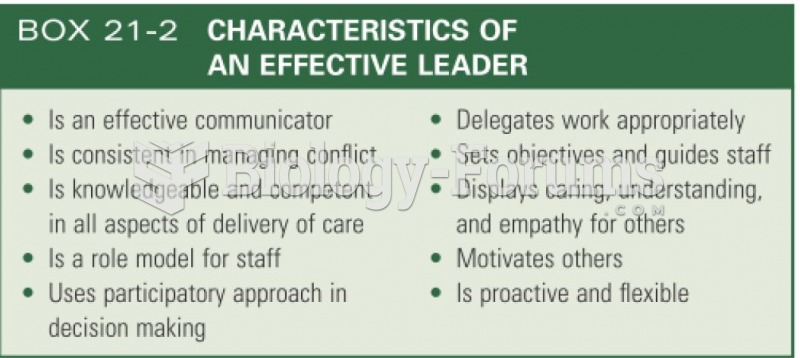Answer to Question 1
Sue's supervisor can tell Sue how much he appreciates her years of service and good work. He can also listen intently to her while she is expressing her frustration and ask specifically what hinders her from selling additional products. By paying more attention to her needs, the supervisor may make her feel more appreciated. Moreover, the supervisor can empower her to be a better salesperson by explaining the rationale for the new offers and listening to her input about them. He can include her in strategy development to make her more willing to sell.
Answer to Question 2
Whether you engage in face-to-face or electronic meetings, observing the following guidelines can help ensure that your meetings are productive:
a. Identify the purpose of a meeting. Meetings typically have various purposes: to inform, to gather information, to make decisions. Consider whether sending an email would be a better option as a channel choice.
b. Limit meeting length and frequency. Any meeting held for longer than an hour or more frequently than once a month should be scrutinized. Ask yourself whether the meeting is necessary. Perhaps the purpose can be achieved in another way, such as email, instant messaging, or telephone.
c. Make satisfactory arrangements. Select a date and time convenient for the majority of expected participants. For face-to-face meetings, plan the meeting site with consideration for appropriate seating for attendees, media equipment, temperature and lighting, and necessary supplies. For electronic meetings, check hardware and software and connectivity components.
d. Distribute an agenda well in advance. An agenda is a meeting outline that includes important information: date, beginning and ending times, place, topics to be discussed, and responsibilities of those involved. Having the agenda prior to the meeting allows participants to know what is expected of them.
e. Encourage participation. While it is certainly easier for one person to make decisions, the quality of the decision making is often improved by involving the team. Rational decision making may begin with brainstorming, the generation of many ideas from among team members. Brainstormed ideas can then be discussed and ranked, followed by some form of voting.
f. Maintain order. An organized democratic process ensures that the will of the majority prevails, the minority is heard, and group goals are achieved as expeditiously as possible. Proper parliamentary procedure may be followed in formal meetings. For less formal meetings, the use of parliamentary procedure may not be necessary to ensure effective contribution by attendees.
g. Manage conflict. In an autocratic organization, conflict might be avoided because employees are conditioned to be submissive. Such an environment, however, leads to smoldering resentment. On the other hand, conflict is a normal part of any team effort and can lead to creative discussion and superior outcomes. Maintaining focus on issues and not personalities helps ensure that conflict is productive rather than destructive.
h. Seek consensus. While unanimous agreement on decisions is an optimal outcome, total agreement cannot always be achieved. Consensus represents the collective opinion of a group, or the informal rule that all team members can live with at least 70 of what is agreed upon.
i. Prepare thorough minutes. Minutes provide a concise record of meeting actions, ensure the tracking and follow-up of issues from previous meetings, and assist in the implementation of previously reached decisions.







